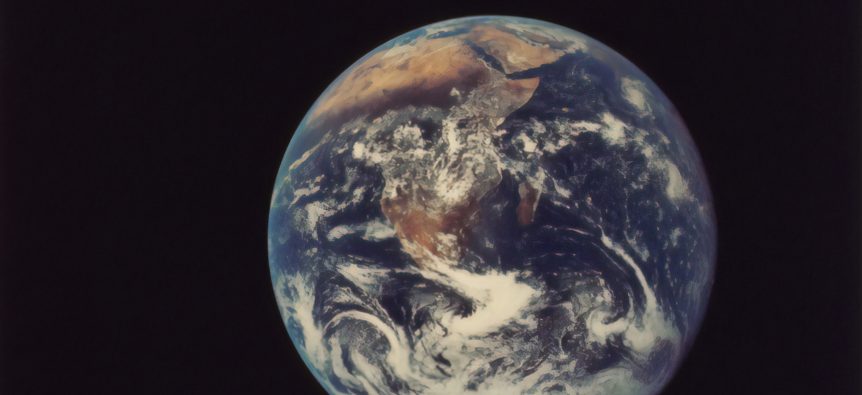Oceans cover about 70% of the Earth’s surface — just about all of which is emitting small sea spray aerosol particles. CAICE researchers have convened at UC San Diego this summer to conduct intensive and collaborative research on the composition and chemistry occurring in sea spray particles: a campaign called IMPACTS (Investigation into Marine Particle Chemistry and Transfer Science).
If one was to collect sea spray particles on a filter, chemical analysis would indicate that the aerosol was mostly sea salt. What would be missed, however, is the richly heterogeneous mixture that sea spray particles represent. One may also overlook the fact that we now know that there are different types of sea spray particles, each with its own composition. Some of these particles contain mostly salts, while others contain mixtures of salt and organic compounds, still others contain just organic compounds, with little sea salt to be found. Biological aerosol particles, containing bacteria and/or viruses — fragments or even whole (living?) cells — are also emitted from the ocean as sea spray.
Experiments on the chemistry of sea spray particles, until recently, were performed with NaCl and organic chemicals found on the shelf of the lab: oleic acid, sodium dodecyl sulfate (which you may know as ‘detergent’), and others. The key is that many studies only used one organic chemical to simulate the ‘organic matter’ found in sea spray particles. Oceanographers and atmospheric scientists use such a vague name for the organic chemicals in the ocean for a simple reason: we don’t truly know the identity of all of the organic molecules in the ocean. In fact, oceanographers estimate that only about 5% of the organic compounds in the ocean have been defined.
Researchers at CAICE recognize this complexity and embrace it. Studies within our Center in the last few years have actually shown that fundamental chemistry experiments that use single components don’t always do a good job at replicating the chemical and physical properties of particles generated from more naturally complex systems. You may ask though — how does CAICE replicate such complicated chemistry in the laboratory? The answer is that biological processes lead to the formation of the organic matter in the open ocean, so CAICE has worked to harness the power of marine microbes (phytoplankton, bacteria, and others) to chemically synthesize the organic compounds naturally. This process, called the Microbial Loop starts with phytoplankton taking CO2 out of the air (like any plant would) and chemically reducing the carbon atoms and incorporating them into organic molecules. These organic compounds are then metabolized by bacteria and participate in lots of other complex biological processes. By making sea spray particles from the water in which this biological process is occurring, CAICE researchers can chemically analyze the particles as the biochemistry evolves within the seawater without needing to know how much or what chemicals to add to their water to make it act like natural seawater.

